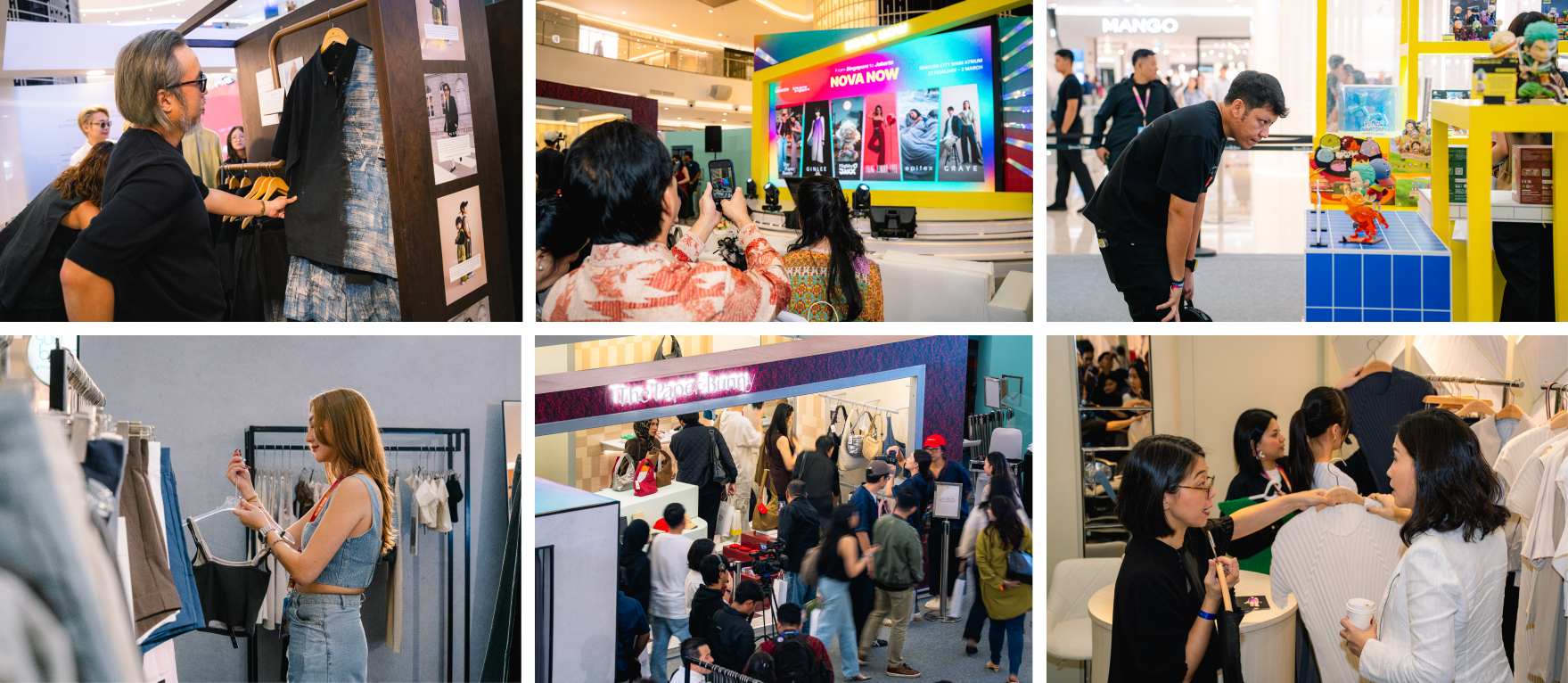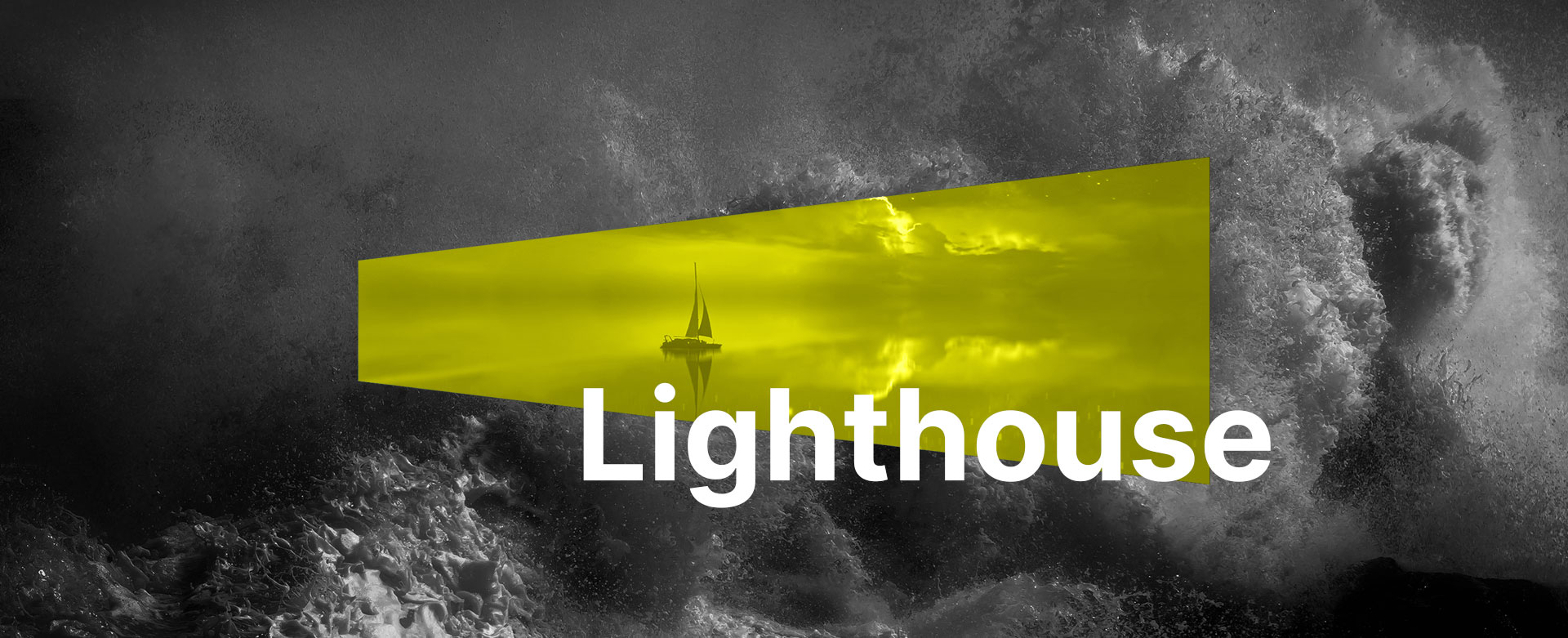
Strategy Business, Internationalisation
Activation Campaign, Business Matching, Experience
Internationalisation Illuminated
How Louken’s accelerator programme Lighthouse lit the way for Singapore’s brands to shine in Indonesia
Even the most seasoned brands fear overseas expansion because of operational and logistical concerns. But Lighthouse’s maiden voyage changed all that.
Lighthouse! Lots to unpack here. Tell us about it.
Of all the exciting things we’ve been busy with, this one is quite up there. We launched the Lighthouse brand accelerator programme in 2024—a partnership with Enterprise Singapore, with us in the lead.
The goal was to bring Singapore retail brands to Indonesia via a clear, structured path for internationalisation. Later iterations of this programme may have other objectives, but this first edition was designed for this purpose.
We set out to localise brands in one year—test the market and understand the local business landscape and regulatory requirements, develop and follow a go-to-market strategy, set up robust business matching.
Proud to say our maiden voyage bound for Indonesia included some of Singapore’s boldest and most beloved brands: The Paper Bunny, Mighty Jaxx, Young Hungry Free, GINLEE Studio, GRAYE, and Epitex, each with their own flair, creativity, and ambitions.
How did the team design the programme structure?
We were very hands-on in supporting and guiding brands with a hyper-localisation framework. It was a process that involved intense research, intense strategy, and connecting them to an ecosystem of investors, commercial partners, media agencies, legal advisors, and field experts in Indonesia.
The process segments into three stages: creating, amplifying, and delivering value. The first stage was all about in-depth market research, understanding each brand’s business model, and determining the unique value it holds for the Indonesian market. This shaped go-to-market positioning and potential value proposition.
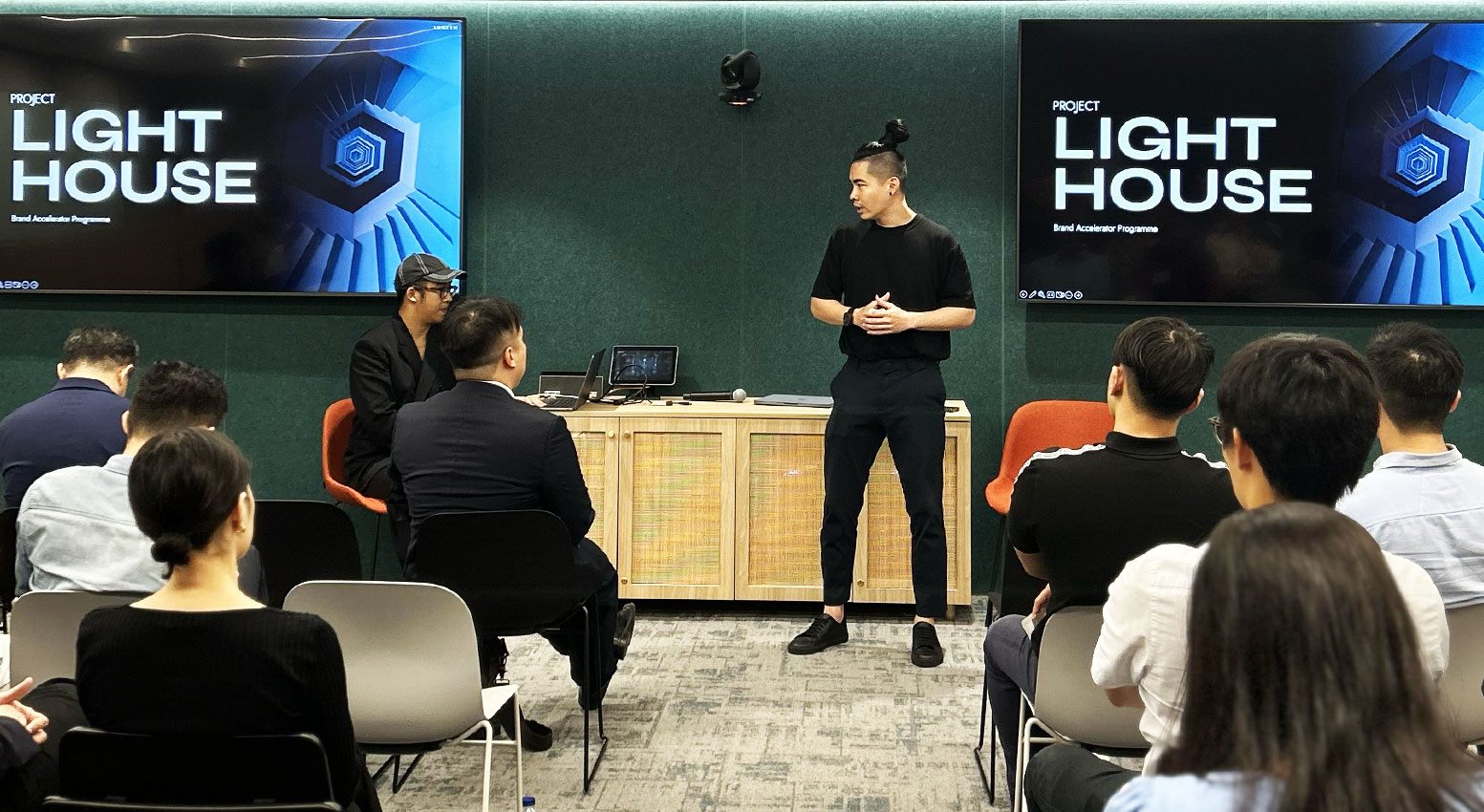
What sets Lighthouse apart is how it distils over two decades of building brands for growth and global competitiveness, often from the ground up.
I understand the mission trip was a critical component of this phase.
Absolutely. It’s one thing to read backgrounders and talk to experts, it’s another thing to actually be there. For many of the brands, the mission trip made it all real: Indonesia’s retail landscape, consumer behaviour, and cultural nuances.
Our goal was to immerse brands in what it means to do business in Indonesia, have the right conversations, engage in meaningful discussions, and walk away with potential partnerships and real-world connections. These engagements laid the groundwork for Nova Now’s success—our pop-up event let local partners experience the brands “live” in a dynamic, real-world retail situation.
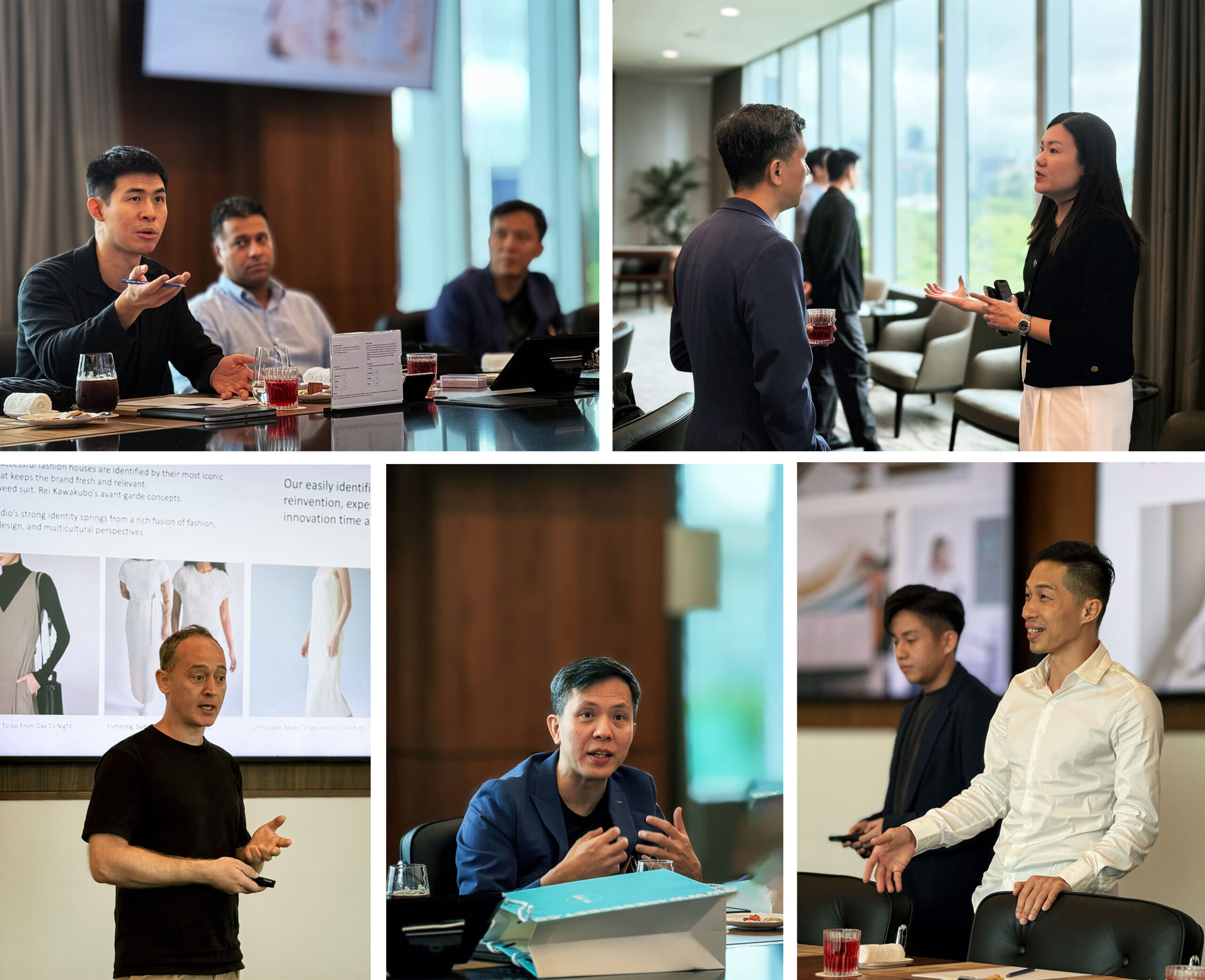
What happened next?
Armed with each brand’s unique offer, the amplification stage crafted a strategic playbook for localisation and brand storytelling, market entry strategy with the right audience segments, cultural nuances, entry models, and retail partnerships. The Nova Now pop-up was a big part of this, building buzz and early traction with PR and social media exposure, founder interviews, marketing mixers, and media engagements.
Can we talk about Nova Now—goals, highlights, defining moments?
Nova Now. Wow. When we started talking about it, it was a retail launch pop-up—but as we progressed and delivered the event, it really was an explosion, the birth of a star.
Over four days, Nova Now attracted more than 6,000 attendees, regional VIPs, media, brand fans, and trade visitors. It delivered strong results: a 6-digit SGD figure in direct brand sales, 100+ social media posts, and 40 official media articles, generating an estimated PR value of SGD 2 million.
Ahead of the event, we hosted a marketing mixer for media, partners, KOLs, and brand founders to generate conversations and early buzz. In addition to hearing directly from KOLs and the media about what consumers want, the brands also built relationships with agencies—great channels for data and traction for subsequent market entry.
We created an event experience that welcomed 100+ B2B trade visitors and daily VIP visits from government officials, showing strong support from both public and private sectors. Key local partners included BCA for banking, Suu Balm, a trusted name in skincare, JKTGO for ticketing, and Kidztopia, a family experience brand.
I go on and on about it here. But let’s go back to Lighthouse.
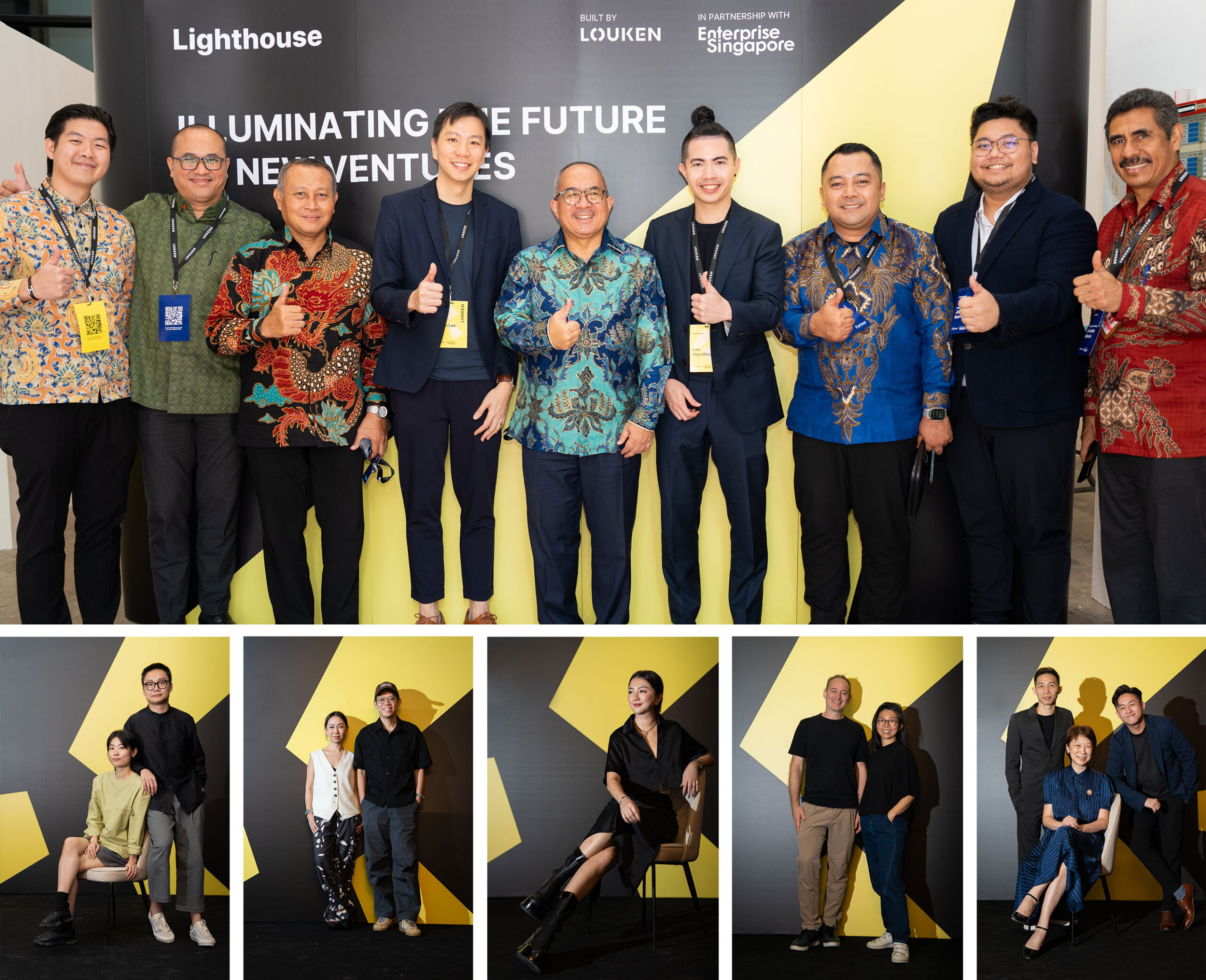
We were talking about the third stage—deliver.
This stage of the programme brought strategy to life, placing products on shelves in a highly complex market by managing importation, customs clearance, and last-mile logistics. We activated high-impact touchpoints that accelerated market readiness: business matching sessions, conversations with e-commerce platforms, franchise operators, and retail distributors. Every step was about creating the right conditions and helping brands understand what it takes to sustain in-market success in Indonesia.
What has the Lighthouse effect been for the brands?
Lighthouse and Nova Now connected the brands with potential partners and pushed them out with over 98 million impressions, sparking Indonesia’s interest in Singapore’s brands and opening the door for market entry discussions. The pop-up event served as a live testbed for market validation, offering real-time consumer insights and B2B exposure.
Each brand had its own success story. The Paper Bunny gained viral traction, with over 7 million impressions, queues of devoted shoppers waiting patiently each day, and sold-out products—validating its strong market potential.
Young Hungry Free onboarded products with an e-commerce platform in Indonesia, a major boost to visibility and regional growth. GRAYE collaborated with local ethical label Sukkhacitta and partnered with a local retail event—they also handled their own press outreach to strengthen their brand story in the market.
GINLEE hosted an exclusive trunk show that welcomed over 20 influential fashion KOLs, a first-look showcase of the brand’s latest collection that was met with an enthusiastic response.
Other brands adjusted timelines, milestones, and budgets after understanding Indonesia’s supply chain and regulatory landscape, moving away from a plug-andplay model toward a more informed and sustainable market entry.
Let’s do a rapid-fire round of key learnings.
Ok! Key takeaway: being on the ground makes all the difference. Jakarta is vast, with consumer behaviour differentiated by region—understanding this was critical to choosing the right entry point.
Also, actually being there gave us a sharper view of a complex and richly nuanced retail landscape and revealed how much business is driven by relationships. Inperson meetings surfaced opportunities and built trust that email could never—word of mouth and personal introductions proved far more effective than cold outreach. In this sense, Lighthouse was an exercise in tapping our relationship capital, key to unlocking the right conversations and market access.
If you’re ready to make waves, let’s talk.
